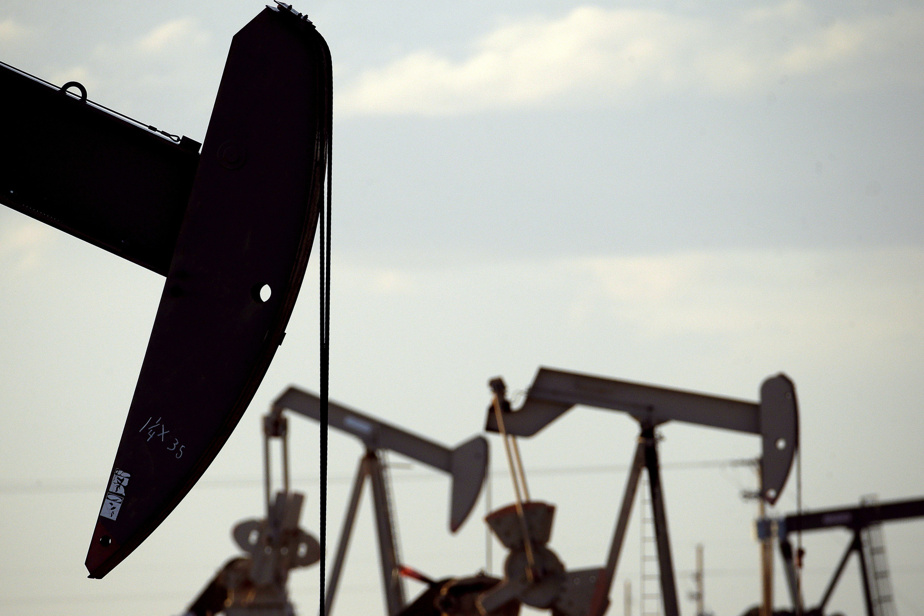(New York) Oil prices rose timidly on Thursday, after the publication of US growth and especially after their sharp fall the day before.
A barrel of Brent North Sea oil, for June delivery, gained 68 cents, or 0.87%, to $78.37.
Its American equivalent, a barrel of West Texas Intermediate (WTI), for delivery the same month, nibbled 46 cents, or 0.61%, to 74.76 dollars.
US growth weakened from January to March at an annualized rate, rising 1.1% from 2.6% in the last quarter of 2022, according to a preliminary estimate from the Commerce Department.
For Edward Moya, an analyst at Oanda, “crude prices have bottomed out after mixed data that continues to argue for tight monetary policy from the Fed.”
Despite the slowdown in growth, quarterly inflation remained surprisingly tenacious in the department’s data (+4.9% at an annualized rate compared to the previous quarter for underlying inflation, against +4.4% three months earlier).
But for James Williams of WTRG Economics, “oil is mainly traded on the basis of economic uncertainty”.
According to the analyst, “the technical rebound in oil prices should have been much more important on Thursday”, after the loss of almost 4% the day before. “We should have seen at least an increase of $1 a barrel,” he said.
“This shows how worried we are about the prospect of a recession” and therefore of a drop in demand for black gold, he added.
Helping with the slight rebound, the Russian Deputy Prime Minister in charge of Energy, Alexander Novak indicated Thursday that “the market was balanced”.
He added that despite the possibility of weaker demand from China, the Organization of Petroleum Producing Countries and their OPEC+ allies did not foresee widening production cuts at this time. .
In addition, on a global level, a World Bank report on raw materials, published Thursday, estimates that the prices of these will fall by 21% in 2023 compared to last year.
“A 26% decline in energy prices is expected. The price of a barrel of Brent is expected to average $84, or 16% below the 2022 average,” according to the World Bank’s latest Commodity Markets Outlook.
